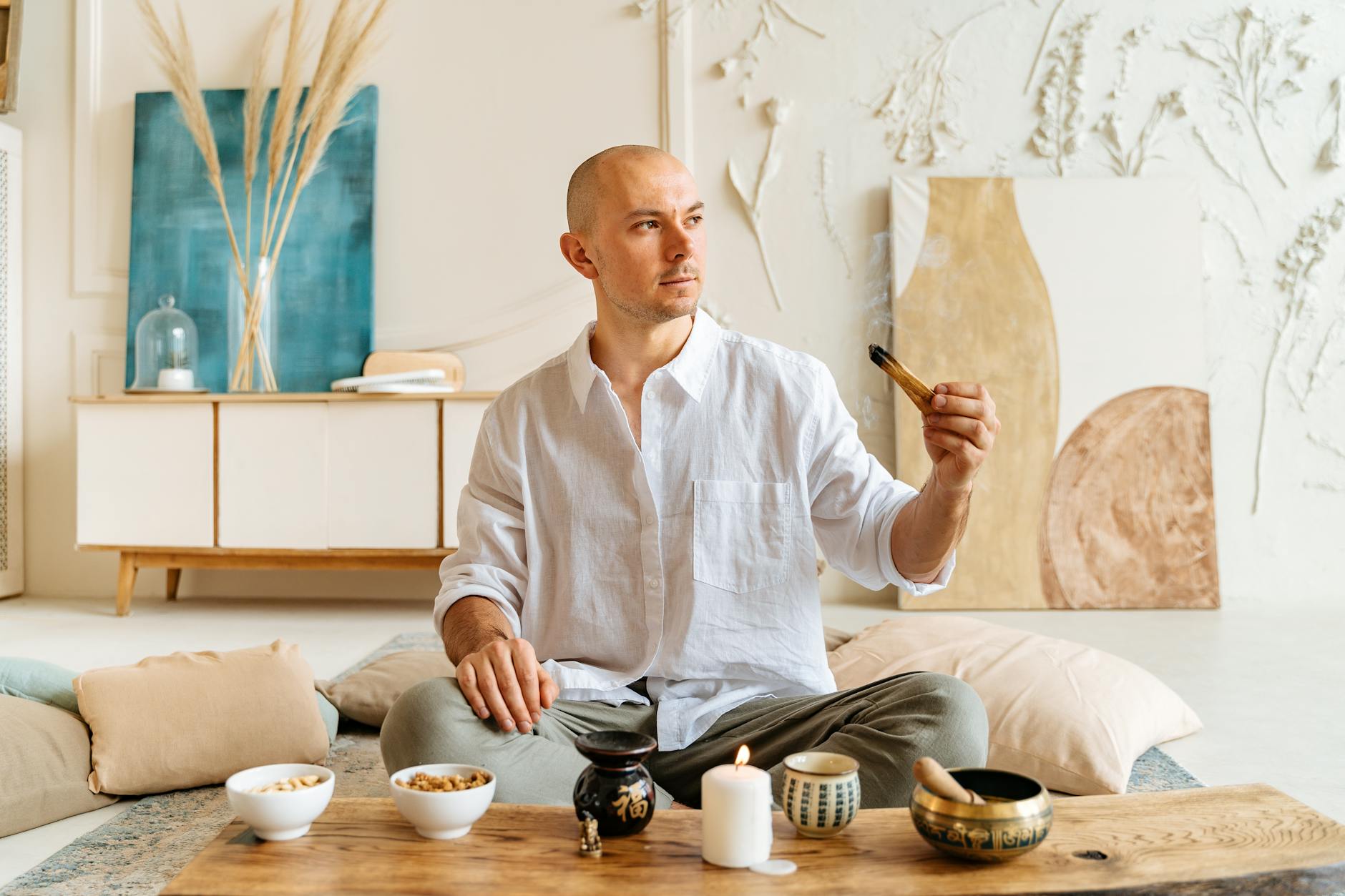Have you ever doodled during a boring meeting or felt a rush of calm while painting? It’s like the paintbrush becomes a magic wand, transforming your stress into something tangible. Art therapy isn’t just about splashing colors on a canvas; it dives deep into the emotional ocean, allowing people to express feelings that words sometimes just can’t capture.
Imagine a moment when you felt overwhelmed—perhaps it was a tough breakup, the loss of a job, or just the weight of daily life pressing down on your shoulders. Now, think about how you might feel if you could express all that chaos through art. That’s the beauty of this therapeutic technique. Instead of sitting on a couch recounting your woes, you’re creating a visual narrative of your feelings. It’s liberating, right?
So, how does this actually work? Art therapy combines psychology with creative expression. A trained therapist guides individuals through artistic activities, helping them explore emotions, resolve conflicts, and manage stress. You don’t need to be a Picasso to benefit—trust me! Whether it’s painting, drawing, or even sculpting, the act of creating can be a powerful outlet. Imagine unleashing that pent-up emotion onto a canvas and seeing it take shape in front of you. It’s like therapy with a splash of color!
Here are some surprising benefits that might just make you want to pick up a paintbrush:
- Emotional Release: Creating art can be incredibly cathartic, often leading to emotional breakthroughs.
- Boosted Self-Esteem: Completing an art project can instill a sense of accomplishment, especially if you’ve been struggling with self-worth.
- Enhanced Communication: Visual art often communicates what words cannot, making it easier to express complex emotions.
- Stress Relief: The process of creating can be meditative, reducing anxiety and promoting relaxation.
- Mindfulness: Art encourages you to stay present, focusing on the task at hand rather than getting lost in worries about the past or future.
Now, let’s step back for a second. Picture Sarah, a client who found herself in a dark place after losing a loved one. During her sessions, she started painting landscapes—each one representing a memory she held dear. As she painted, she not only honored those memories but also processed her grief in a way that felt safe and healing. It’s stories like Sarah’s that remind us how transformative this kind of therapy can be.
Even if you’re not ready to dive into formal art therapy, you can still incorporate creativity into your life. Try journaling, crafting, or even adult coloring books—they can all serve as a bridge to self-discovery. And who knows? You might just find a new passion along the way. It’s about finding what resonates with you and using it to navigate through life’s ups and downs.
In a world that often prioritizes productivity over emotional well-being, let’s not forget the power of creativity. Art therapy shines a light on the often overlooked intersections of art and mental health, reminding us that healing can be as colorful as we make it. So, grab that paintbrush or colored pencil, and start your journey. You might just surprise yourself with what you create and discover.
